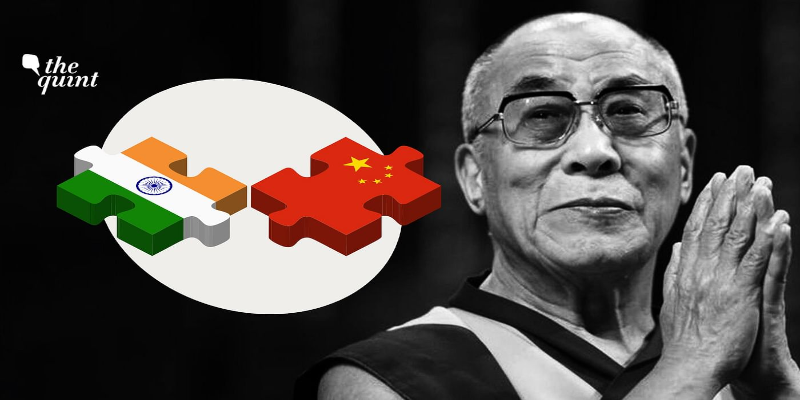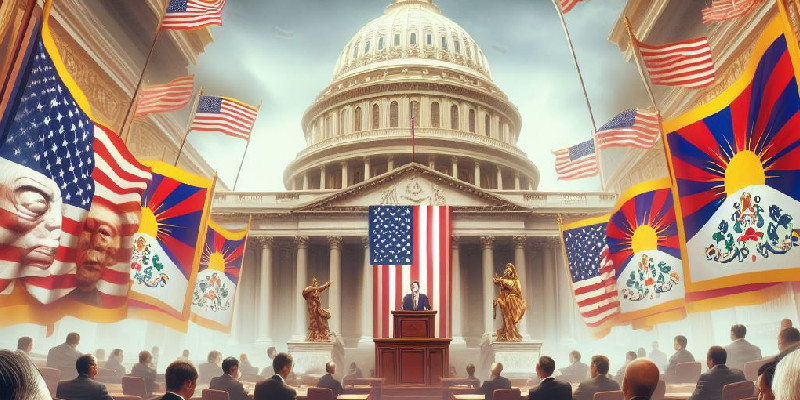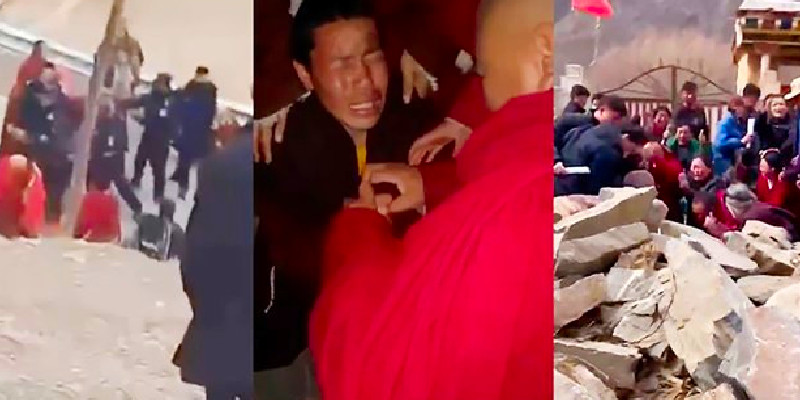The Indo-China conflict began from a long history of hostility. It all began in 1962 when China launched an invasion of Indian territory through the Aksai Chin area. Their justification for the act has two major reasons, one was that they refused to recognize the McMahon Line, claiming that the land belonged to them and that India had illegally occupied it. The second one is that after a failed uprising in Lhasa by the Tibetans, the Dalai Lama escaped Tibet in fear of being captured by the CCP, and India granted him asylum in 1959. China used this as an excuse to attack India by staging periodic violent border clashes. China continues to oppose the Dalai Lama’s presence and the entire matter of his succession.
Nirupama Rao, India’s former foreign secretary, stated that the India-China relationship was always a three-body dilemma, with Tibet at the geographic and diplomatic heart of the nascent partnership. She stated that the attention has shifted back to Indo-China ties following the tragic events in the Galwan Valley in 2020. According to Rao, India’s ties with Tibet are complicated, influenced not only by geography but also by trade, pilgrimage, and cultural osmosis.
Because of its glacial expanses and large freshwater supplies, the Tibetan plateau is commonly referred to as the “Third Pole.” China has claimed outright ownership of Tibet’s waterways, putting it in charge of seven of South Asia’s most important rivers, including the Indus, Ganges, and Brahmaputra. China’s use of Tibet as a water reservoir has strained relations with India.
The one area where China’s “upper riparian” position poses an almost insurmountable hurdle for India is maintaining shared access to transboundary rivers. And, as recent skirmishes on the Sino-Indian border have demonstrated, India must consider how China can “weaponize” its advantage over downstream countries. China effectively has a chokehold on India’s economy by controlling these waterways.
These rivers could be used by China in three ways. It can first “block or divert” them. Second, China might pollute transboundary rivers, rendering them unfit for human usage. Third, China possesses significant data that can aid in the management of floods and variations in the downstream environment.
Image Credit: tibet.net







Leave a Reply